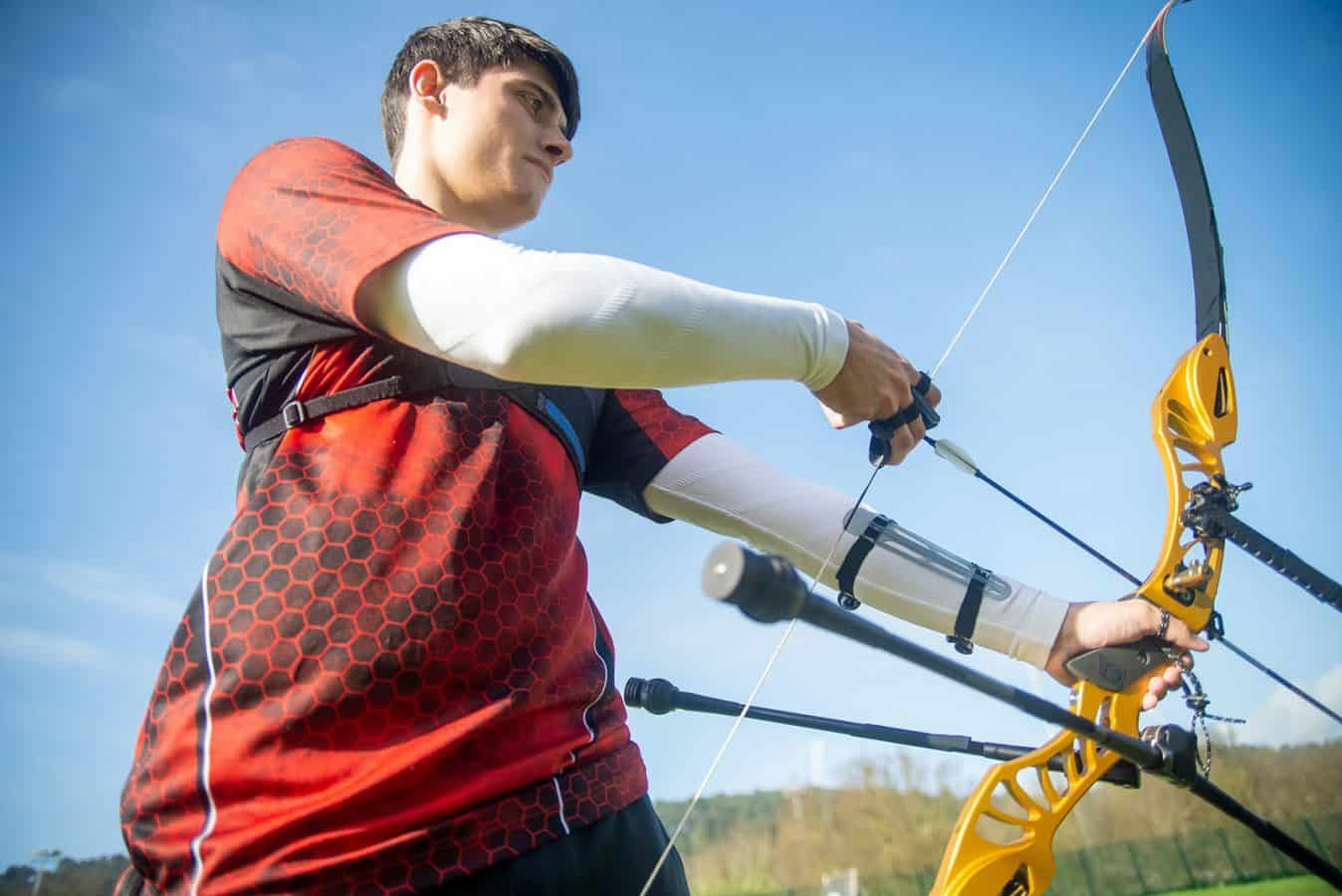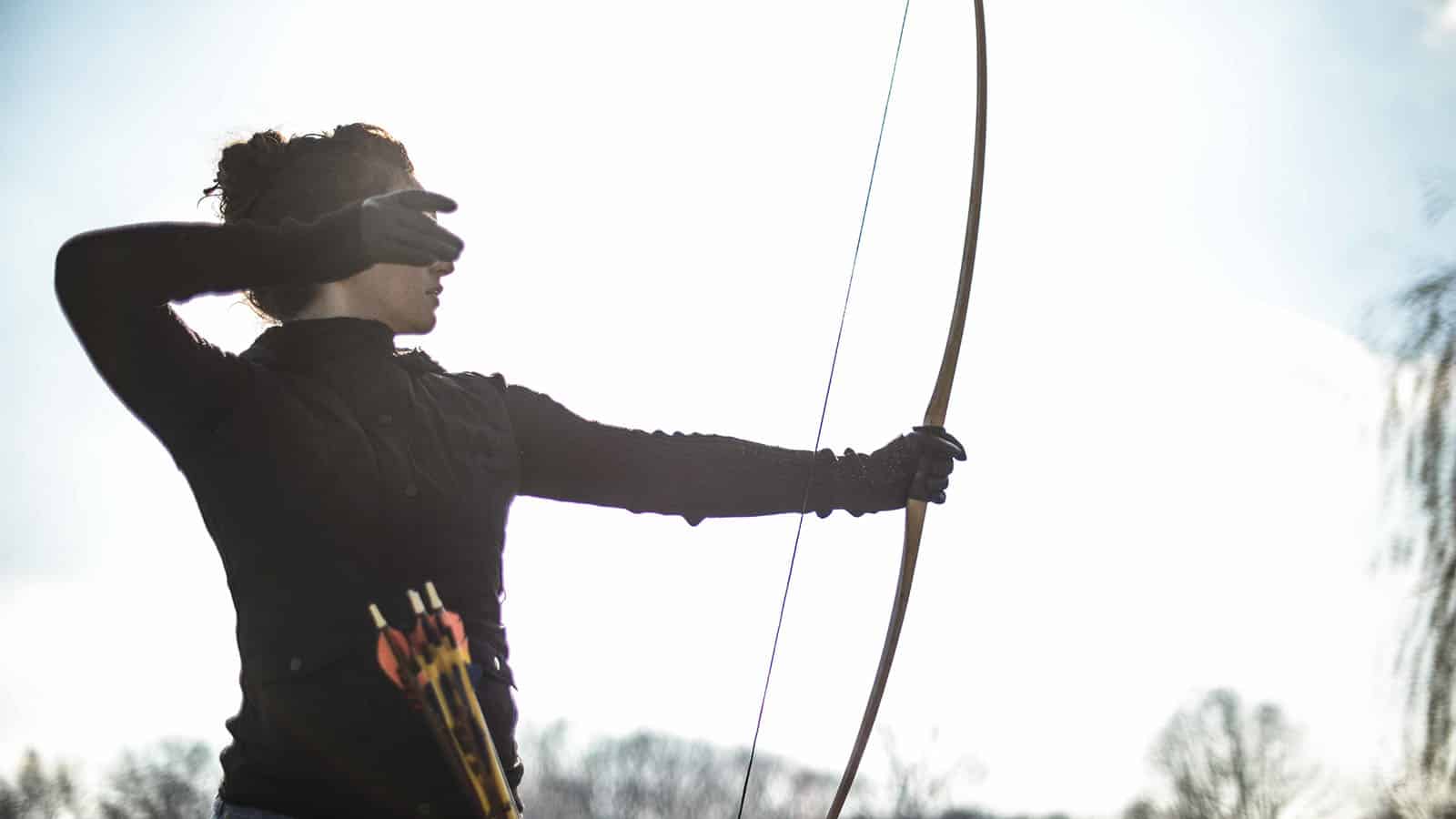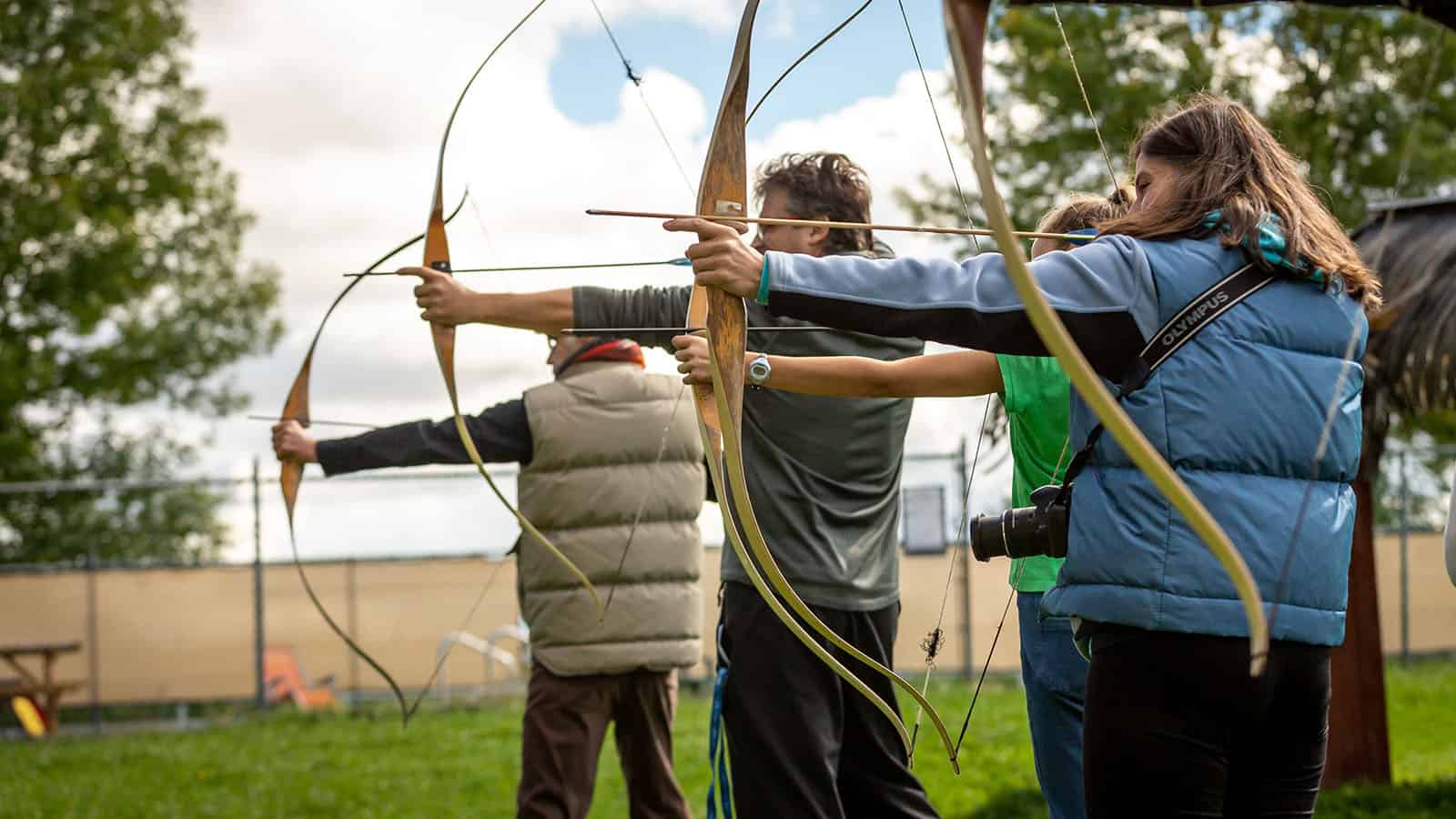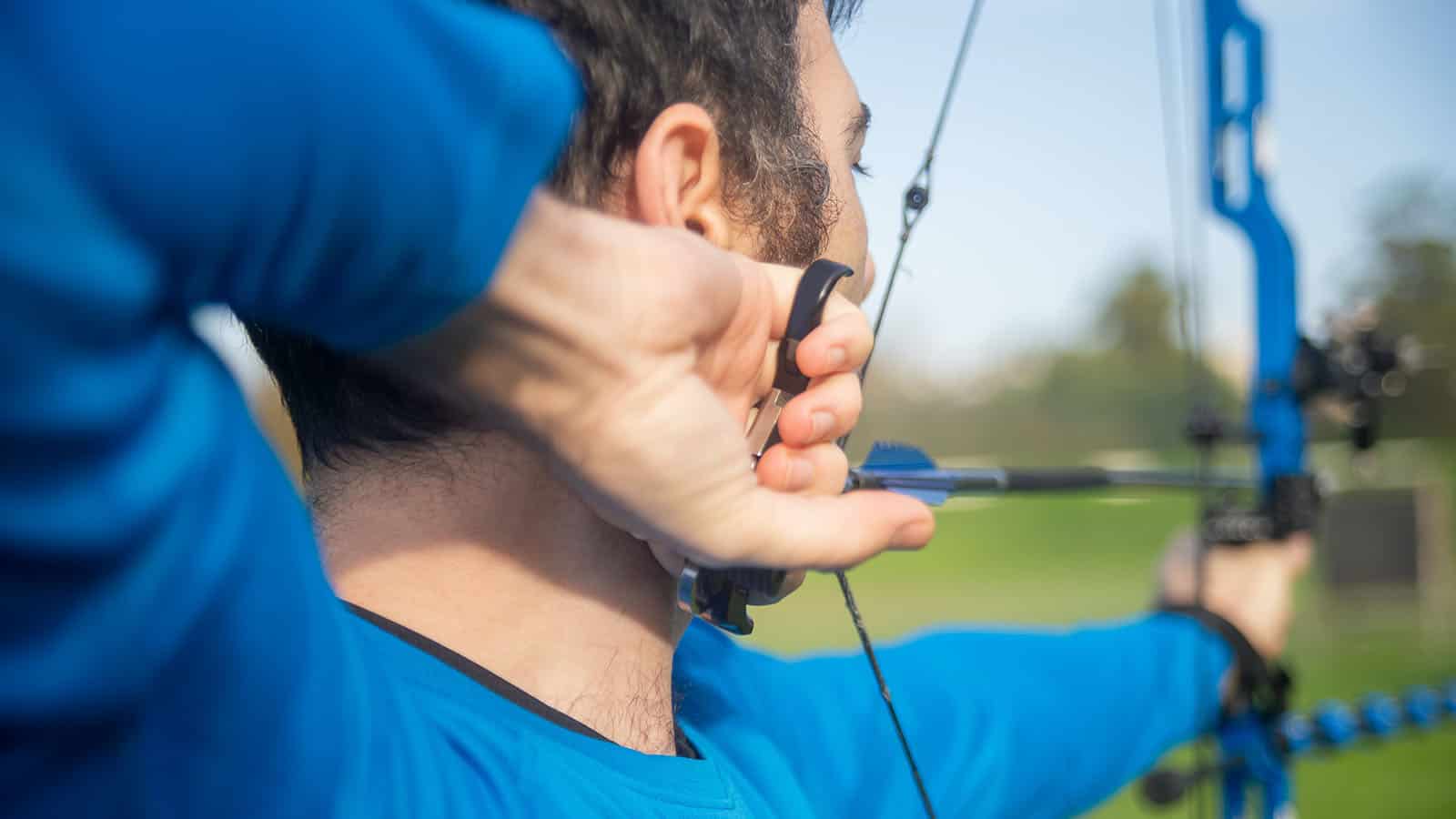How to Adjust Draw Weight on a Compound Bow
One of the first few issues that you will face when you receive your bow is the draw weight adjustment. This is why we have put together this comprehensive guide. At the end of this step-by-step tutorial, you will learn all about draw weight as well as know how to adjust draw weight on a compound bow.
What is Draw Weight?
The draw weight of the bow is also referred to as poundage. It determines how much strength you need to take a shot.
Every bow has a draw weight measured in pounds. Some bow draw weights come in a range and are adjustable according to your needs and preferences. On the other hand, some bows come in a fixed draw weight that is not adjustable. If you are looking for the best compound bows on the market check out our guide here.
It is important to note that you may increase your risk of injury if you shoot draw weights that are heavier than your natural ability. Therefore, if you have a compound bow that has adjustable draw weights and feel that the current draw weight is too heavy, it is important to learn exactly how do you lower the poundage on a compound bow.
On the other hand, if you feel that your muscles have strengthened you should look to turn up the draw weight of your compound bow to continue improving and excelling in the sport.
Things You Will Need
- A bow scale: For a simple and accurate bow scale, consider the Weston Bow Scale.
- An Allen wrench
- A screwdriver
- Your bow
- Arrows
Adjusting Draw Weight on a Compound Bow: Step-by-step Guide

1. Make sure of your current draw weight
Before making any adjustments to your draw weight, you should always take note of your current draw weight so that you can gauge how much more or less you would like to change your new draw weight to be.
To do this, you are going to need a bow scale. With a suitable bow scale, secure the hook of the scale to your bowstring’s D-loop. Then, pull the bow to full draw. Note down the highest weight figure shown on the scale.
Besides, if you are wondering “does draw length affect draw weight?”, the short answer is yes, so, you may want to learn how to determine your draw length before deciding to adjust your draw weight.
2. Familiarize yourself with the bow’s settings and parts
Before jumping into the actual draw weight adjustment, you must familiarize yourself with your bow’s minimum and maximum limb weight ratings.
You should also be able to locate the limb bolts of your compound bow. This is because you must play with these bolts in order to tweak the draw weight or the amount of tension placed on the bowstring you pull on it.
Typically, the limb bolts are found at the center of your compound bow. They lie in large circular knobs that attach the bow’s arms to the riser. For reference, the riser is the central part of the bow that connects to the limbs and other mechanical components.
Generally, limbs feature a 10-pound difference between their minimum and maximum weights. However, this variance may vary from bow to bow. Check with your manufacturer if you are unable to find this information on your compound bow.
3. Loosen all the limb bolt screws

With an Allen wrench of the appropriate size, loosen the limb locking screws to allow limb bolts to be adjusted in the later steps.
Keep in mind that certain compound bow models have a second set of bolts or screws that hold the limb bolts in place. If you have a compound bow that has a second set of bolts or screws, know that they can usually be found on either side of the limb bolts. You may require a separate screwdriver to loosen them.
4. Adjust your compound bow draw weight
Next, insert the Allen wrench into the bolt and make sure it is properly slotted. You can now adjust your compound bow draw weight. To lower your bow draw weight, begin turning your limb bolts counterclockwise. On the other hand, to increase your bow draw weight, turn your limb bolts in the clockwise direction.
On most compound bows, one rotation of the limb bolt translates to a set weight variance. Typically, one rotation is associated with roughly a pound and a half of weight.
It is important that you adjust the tension equally on both limbs. Therefore, for this step, if you know that you have a terrible memory, it would be good that you tighten or loosen the limb bolts one full rotation at a time. This will help you keep track of the level of tension in each of the limbs.
5. Testing it out

If your bow has limb locking screws, secure them. Then, test out the bow as you normally would hold it to shoot. Make sure you feel comfortable with the draw weight. If you would like to have an accurate measurement, use the bow scale that you used in step 1 to double-check the poundage again.
To be completely confident that you are comfortable with this new draw weight, shoot 10 to 15 arrows to familiarize yourself with this new setting!
See it before you try it
Some of us prefer to have a visual representation of a step-by-step guide. This video right here does a great job breaking down the steps that are needed to adjust the draw weight on your compound bow. Also, the content producer takes apart parts of the bow to clearly explain what you need to do at each step.
Watch this video while following our guide, and you will definitely get a clear picture of what you have to do!
Conclusion
Learning how to adjust draw weight on your compound bow may seem like a challenging task at first. But with the right steps and some useful tips, you will be well on your way!
Do you have any other methods of draw weight adjustment? Let us know in the comments section. If you learned something from this guide, be sure to share this article with your friends who are interested in archery and bowhunting!
